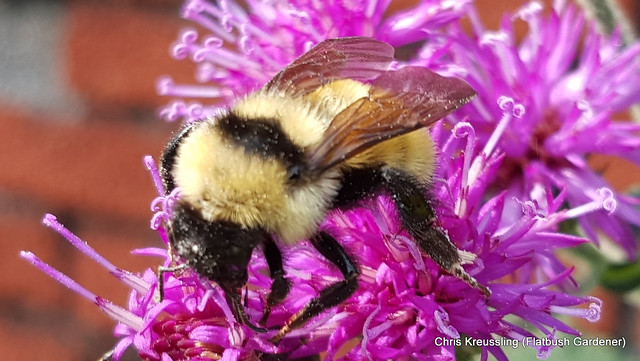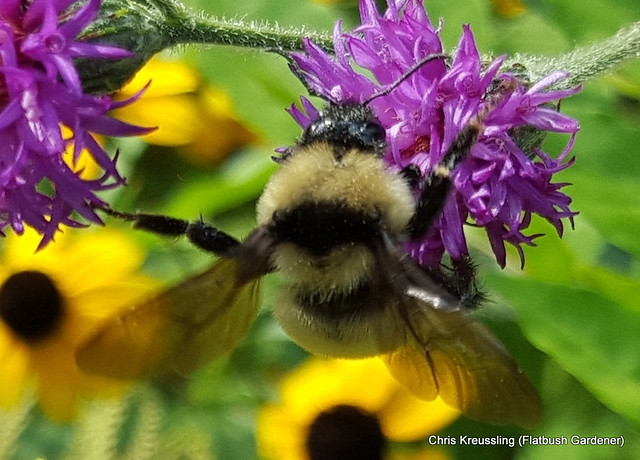I could probably talk about Amelanchier until my voice gave out (at least an hour!). It's such a great multi-season plant in the garden, and brings so much value to wildlife, as well. It's also a great example of how native plants convey a "sense of place" that is not imparted by conventional, non-native plants in the garden.
Although the Genus is distributed across the Northern hemisphere, the greatest diversity is found in North America. As you can see from the BONAP distribution map, Amelanchier diversity is the greatest in the Northeast. New York State hosts 14 species, varieties, natural hybrids, and subspecies. And New York City is home to 6 of those.

Amelanchier in my garden
Amelanchier was one of the key plants I included in my backyard native plant garden design in 2009. To fit my design, I needed a tree form with a single trunk and broad canopy.





